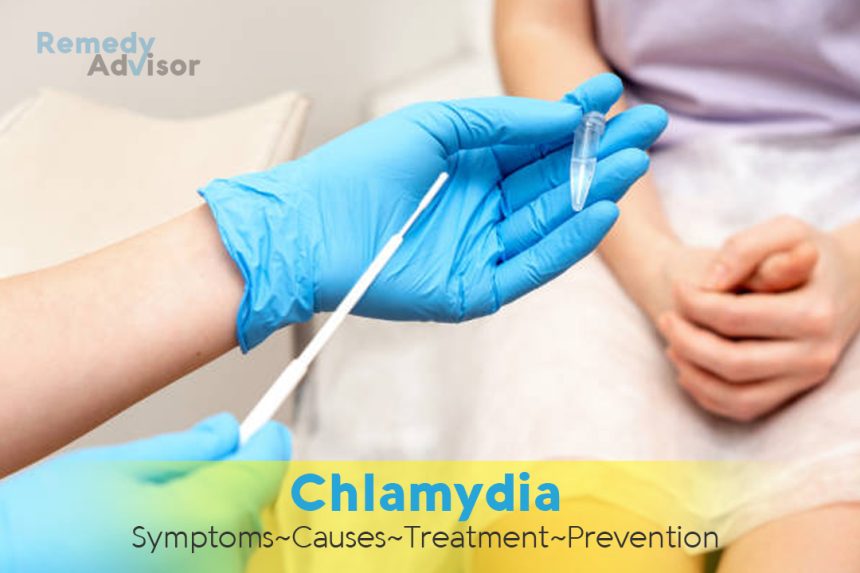What is it
Chlamydia is the prevalent bacterial sexually transmitted disease (STD), mostly distressing nearly three to four million Americans yearly. Though it is most common amongst youngsters and young adults, anyone can get it: half of all sexually active individuals in between 18 and 30 may be infested. The bad news about it is threefold: it’s usually symptomless until very advanced; it’s the leading cause of pelvic inflammatory disease and infertility in women, while in men, the ailment can lead to disease of the urinary tract; and it is easily transmitted sexually, through contact with infected membranes.
Chlamydia can infect the eye, throat, and rectum, as well as the reproductive tract. Since symptoms seldom occur, testing is the only way to diagnose it with certainty. The good news is that chlamydia is also easy to detect and treat.
Symptoms
- Most of those infected have only mild symptoms or no symptoms at all.
- If a woman has any symptom of chlamydia, it is likely to be a vaginal discharge. If the infection gets into the urinary tract, there is likely to be pain, burning, and/or a frequent urge to urinate.
- The symptoms that most likely occur in men are painful urination or a discharge from the penis.
What causes it
Chlamydia is caused by the bacterium Chlamydia trachomatis. Like other sexually transmitted diseases, it is spread by contact with infected mucous membranes, typically through vaginal or anal sex. The infection is similar to gonorrhea and sometimes hard to distinguish from it—and it often occurs simultaneously with gonorrhea. (The presence of one STD is always a risk factor for another, including AIDS.)
Infection can also be passed from a mother to her newborn during birth, leading to eye infection or pneumonia in the child.
What if you do nothing
Chlamydia must be cured instantly, if not it may become long-lasting and result in extensive swelling and scratching of the genital tract in both women and men. In women, untreated infections may result in pelvic inflammatory disease (PID), which may lead to ectopic pregnancy as well as infertility, even in women who never develop clinical PID.
Home remedies
As with other bacterial STDs, such as syphilis and gonorrhea, there are no home remedies for chlamydia. It requires diagnosis by a physician and treatment with antibiotic medications. Abstain from sexual activity until tests show no more infection.
Prevention
If you have sex, make it safer
Abstinence, obviously, prevents chlamydia. So does remaining monogamous with a healthy monogamous partner. But the true key to prevention is knowledge. Any sexually active person not in a long term, monogamous relationship, or any young person about to become sexually active, should understand the importance of a male sex partner using latex condoms consistently and correctly. Oral contraceptives do not protect against STDs and may even increase the risk for chlamydia.
Test regularly
Now there are quick and reliable tests for chlamydia. Contrary to what many women believe, however, a Pap test does not detect any kind of STD. If your health care provider does not mention the subject, ask to be tested. Early diagnosis and treatment with antibiotics can cure the disease and prevent complications like infertility or the birth of infected infants.
The U.S. Preventive Services Task Force recommends routine screening for all sexually active female adolescents, women with new or multiple sex partners (and particularly those who don’t use condoms consistently), and women with a history of STDs. Pregnant women who fall into one of these high-risk categories should also be tested. Anybody diagnosed with chlamydia should inform his or her sexual partners, who can then be treated as well.
Talk to your kids
If you are the parent of adolescents or young adults, talk to them. Unwillingness of parents to discuss sex, and especially STDs such as chlamydia, is one reason for the current epidemic. Ignorance is never protective.







